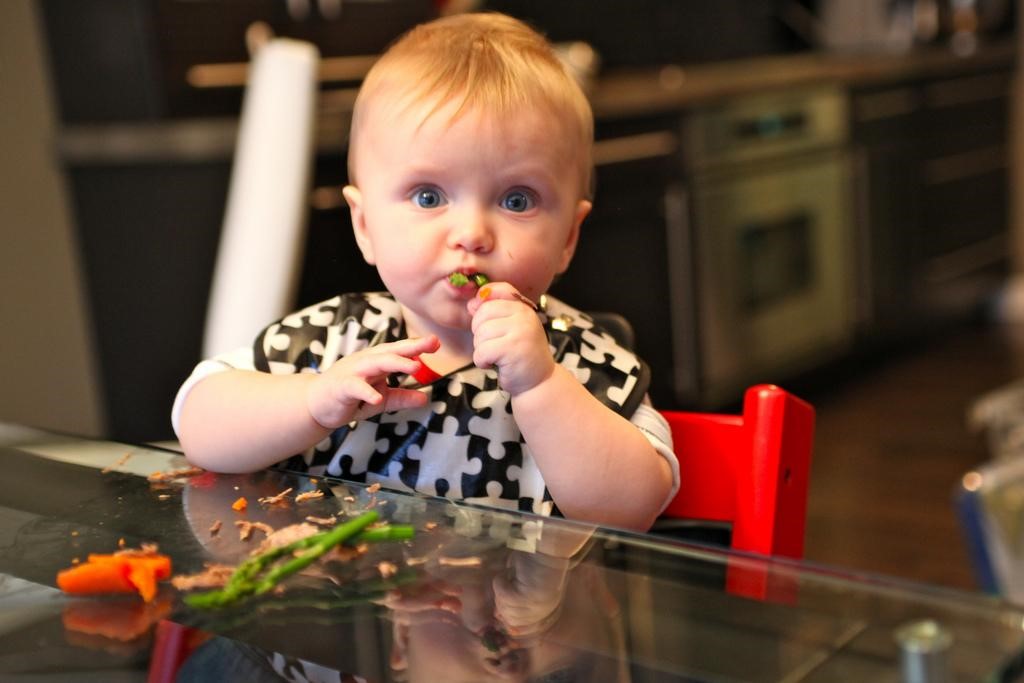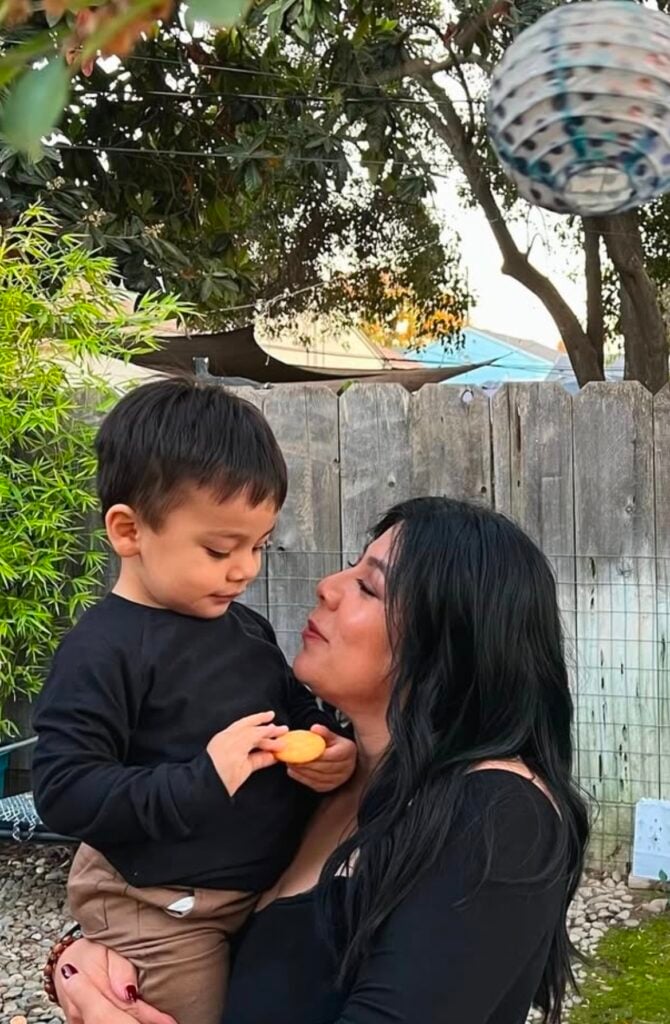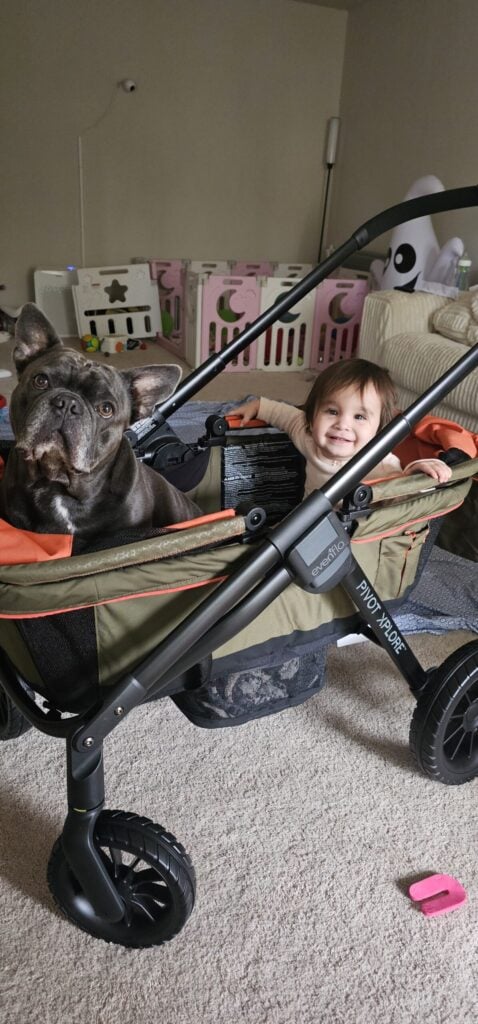
Starting your child on solids is a big step for EVERYONE! Whether it’s baby led weaning, homemade purees, or canned baby food – there are still certain foods you should always start your baby on. We recommend you don’t start solids with your baby until at least six months of age, or until approved by your child’s pediatrician.
There is no right or wrong food to feed your baby. However, there are stages in which you should introduce certain foods due to allergies or help avoid picky eaters later in life.
Regardless of how you give it to them, we always say to start with vegetables first. Why? Well, simple really. Not all vegetables taste wonderful; however, a baby isn’t going to know what tastes better than what they are given until you give it to them. So, if you start them off with vegetables they will grow to enjoy eating them vs. giving them fruits first and then veggies – as they may reject the vegetables then.
Vegetables – Purees:
If you are using homemade purees or jarred purees, definitely start with a more bland food such as green beans or peas. These have no added salt or flavors, so they will be on the bland side. After you introduce green beans and peas, move on to more favorable veggies such as; corn, sweet potatoes, squash, prunes, pumpkin, and carrots.
Vegetables – Baby-led Weaning (BLW):
With BLW you don’t want to start off with peas or green beans. Why? Well, these are much smaller foods to grasps. BLW is all about showing your baby how to self-feed and let them explore on their own.
Most babies are not going to be able to grab hold of green beans or peas well enough to eat them. So, we recommend starting your baby off with avocados, pumpkin, squash, carrots, and so forth. Once your baby has mastered a better grip, you’ll want to introduce them to the peas and green beans.
You definitely want to still give them that bland flavor at first with no added sodium or spices, just because to allow your baby to taste the bad before the good. Also, it will be easier to eliminate allergies in case those arise. Always make sure you have steamed any hard vegetable so it is easily able to mash down.
Fruits – Purees:
Once your baby has finished all of the vegetable options, now it’s time to move to the yummy fruit! If you didn’t have much luck with the vegetables, I’m sure your baby will get a kick out of some of these options. They are sweeter in taste and have a much smoother consistency. All of them will have more flavor than any of the vegetables had, so in no particular order, you can give them bananas, peaches, berries, apples, and pears.
Fruits – Baby-led Weaning:
You’ll want to avoid anything that has seeds in them, at first. If you do decide to give them something that may contain seeds, just double check that you have removed any of them as they can be a potential choking hazard. You can start baby off with any fruit you’d like such as; apples, pears, peaches, bananas, berries, grapes, and melons. Always make sure the pieces you cut up for baby are a reasonable size to pick up and are soft enough to mash down.
Meats – Purees:
Some skip this step, only because pureed meats do not seem appealing to an adult – so why on earth would they want to feed it to their kids. However, there are some that do like to introduce this baby food. In no particular order, you can feed them the chicken, pork, and beef purees.
Meats – Baby-led Weaning:
When you are cooking meat for your baby, make sure that it’s completely cooked all the way through. Babies do not have the same digestive system as we do so even though you may like your steak rare; it is not safe for your baby to eat just yet! Make sure the meat is not tough and it is tender enough for your baby to easily rip apart and mash down. Meat is one of the harder foods to introduce due to the consistency and flavor. Not a lot of kids like it in the beginning but grow to love it later on down the road.
There are many different ways to feed your kids, however, everyone typically recommends the same introduction to foods. If your child has already been introduced to some foods before others, and have become a picky eater check out our 10 Tips to Overcome Picky Eaters or if you are more interested in learning how to start baby-led weaning, check out our post, When is Baby-Led Weaning Right for Us?
Every parent is going to know when their child is ready for solids. These are just common readiness signs that your child is ready to dive right on include:

- Making attempts to grab food during mealtimes
- Development of the “pincer” grasp.
- Opens up their mouth at the sight of a spoon coming towards them.
- Sits up well without any support.
- Makes chewing motions.
- Good overall health.



































































































